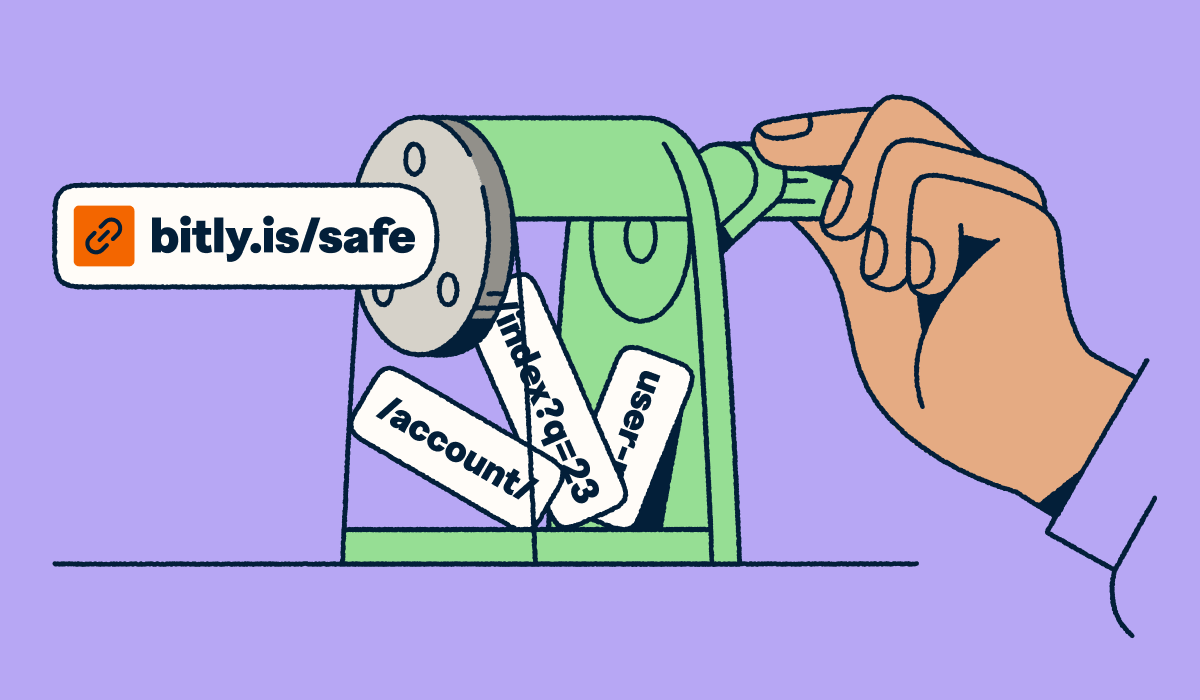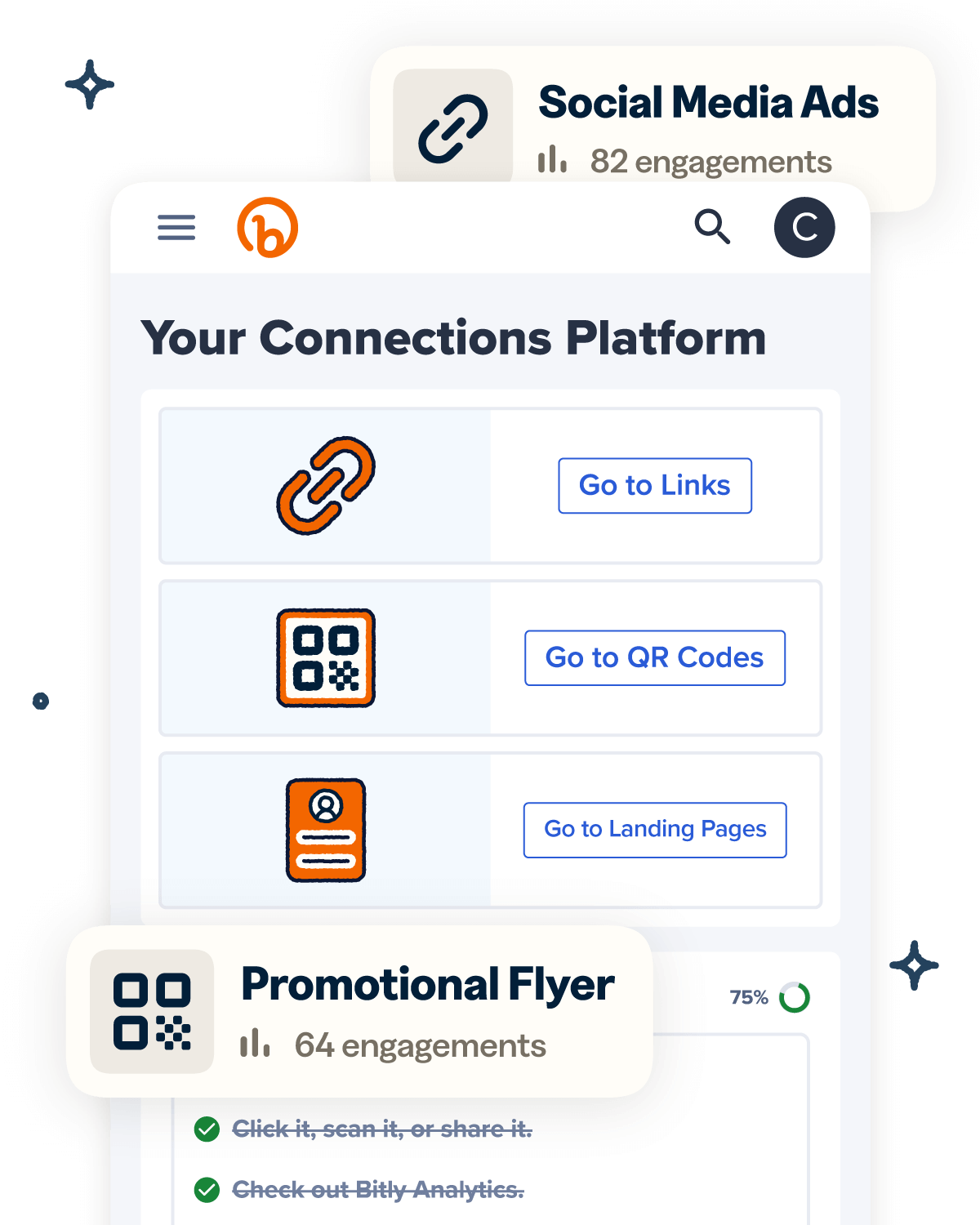Most businesses focus on incorporating targeted keywords in their content to boost search engine optimization (SEO) efforts. And with good reason—the right keywords help you appear closer to the top on search engine results pages (SERPs).
But, contrary to common belief, they’re not the only contributing factor when it comes to rankings. You also need to optimize your URLs for SEO. Search engines use URLs to understand what a page is about, so your chances of ranking near the top skyrocket if you have well-structured and accurate URLs.
Fortunately, optimizing URLs for SEO isn’t overly complex. It’s something you can perfect in a short time with proper guidance.
Here’s an in-depth look at SEO-friendly URLs and how to create them for maximum search engine traffic.
Note: The brands and examples discussed below were found during our online research for this article.
What is a URL?
A URL (uniform resource locator) is a unique identifier that helps browsers locate resources on the internet. Here’s an example of a URL to help you better understand its anatomy:
https://bitly.com/blog/qr-code-rsvp/
In this example:
- The https:// is the scheme, which guides servers on the protocol to use to access your web page.
- The bitly part is the domain name, which shows visitors they’re on your brand’s site.
- The .com is the top-level domain (TLD), which typically shows the type of entity you’ve registered your business as on the internet.
- The / is the path.
- Blog is a subfolder or subdirectory that shows web crawlers and site visitors which part of your website they’re on.
- The qr-code-rsvp is the URL slug, which serves as a page’s unique identifier.
Why do URLs matter for SEO?
While there’s more to SEO than optimizing links, URL optimization is not something to ignore. Effective URL optimization:
- Streamlines navigation for visitors, which can encourage them to remain on your site for longer.
- Makes it easier for search engines to make connections between pages.
- Can improve site rankings in search results (URLs are a minor ranking factor, but still important nonetheless).
With Bitly, you can measure your URLs’ effectiveness to determine whether they need adjustments. Through your Bitly account, you get detailed analytics like:
- Clicks over time
- Clicks by referrer
- Top performing clicks
- Clicks by location
This information can help you monitor your engagement for continual link and content optimization. If your engagement is low, you’ll likely need to do more to make your links and content more SEO-friendly.
How to create SEO-friendly URLs
You can often tell how SEO-friendly a URL is just by looking at it. SEO-friendly URLs typically have a simple structure and contain descriptive keywords that allow site visitors (and web crawlers) to decipher what they lead to.
Here’s how you can make your links more SEO-friendly:
Start with a clear page title
Your page title can serve as a foundation for creating an SEO-friendly URL. Start by developing a clear title for your content. Then, pull keywords or phrases that best summarize your content from the page topic. This way, you’ll have a URL that aligns with search intent and user expectations.
So, how does this impact your SEO efforts? A descriptive URL makes it easier for Google’s algorithms to index your page, which can improve your rankings.
Identify primary keywords
You likely already know how important it is to incorporate keywords into your content, but they’re just as critical in URLs. They tell web crawlers and visitors what your link contains before they even open it, influencing both search engine indexing and user engagement.
Ensure you use relevant keywords in your URL. For example, if you’re running a promotional campaign, you can use promotion as your keyword, as it shows what your page contains.
Conduct keyword research to identify the words or phrases your target audience typically uses when searching for your offerings. You can do this by using keyword research tools like Google Search Console, Moz Keyword Explorer, and Semrush. Then, incorporate those keywords in your content, page titles, and URLs.
Remove filler words and shorten the URL
A browser’s address bar can hold up to 2,048 characters. But just because it can doesn’t mean it should. It’s easier to grow your brand with short links that contain descriptive keywords—they boost readability and enhance the visitor experience, potentially boosting your SEO efforts.
To drive traffic from other sources, like social media pages, shorten shared links even further to only include vital information. Bitly helps you maintain appropriate URL lengths by removing all non-essential characters. Shortened links typically contain 10–30 characters—just enough to describe your page’s content without being too overwhelming.
Here’s an example:
https://www.usatoday.com/story/travel/2022/02/10/amtrak-deal-valentines-offer-sale/6741296001
becomes:
https://bit.ly/amtrak-valentines
The shorter URL is more readable and can help you enhance your marketing efforts in character-limited channels like social media and SMS.
To trim a URL with Bitly:
- Create or log in to your account.
- Tap Create new and select Link.
- Enter your long URL in the Destination field.
- If you’re on a paid subscription, you can replace the “bit.ly” domain by configuring your DNS settings to Bitly’s IP and then selecting your custom domain.
- Enter your keyword(s) (only essential words) in the Custom back-half box.
- Select Create.
Use lowercase letters and hyphens
Readability is vital for successful SEO, because it makes it easier for search engines to understand your URLs and for visitors to remember and share them. The latter can result in increased organic traffic.
It’s best to use lowercase letters since uppercase letters can cause issues with some web servers and may lead to URL variations. Further, using uppercase or mixing uppercase and lowercase can confuse visitors and make your URL look untrustworthy.
Another way to improve readability and SEO is to use hyphens instead of spaces or underscores to separate words. Google prefers hyphens so the search engine may rank your page better.
10 Best practices to optimize your SEO-friendly URLs
Ready to transform your website into a visitor magnet? Here are some URL best practices to keep in mind.
1. Remove punctuation from URLs
Punctuation is important in meta descriptions and page content—but not URLs. Adding special characters to links makes it harder for web crawlers to decipher their intent and for customers to recall them.
2. Avoid subfolders in your URLs
Remove unnecessary subfolders, as they make URLs too long and overly complex. This can make it harder for search engines to crawl your site, negatively impacting your rankings.
3. Steer clear of dynamic parameters
A dynamic URL is a web address that changes based on visitors’ requests. These types of links contain variables in the form of special symbols, making their URLs hard to read. They also increase the risk of duplicate content issues, which can impact page rankings.
To improve your SEO, use static URLs instead. They’re short, clear, and typically remain constant, allowing search engines to index pages more appropriately.
4. Use canonical tags where needed
Canonical tags are vital for websites with multiple versions of the same page since they let search engines know not to crawl each page independently.
Consider these examples:
- http://example.com
- www.example.com
- https://example.com
They all have the same destination, which could pose duplicate content issues. By adding the “rel canonical” element, you can avoid this problem and protect your search engine rankings.
5. Minimize redirects
Unless you move or delete pages on your website, avoid redirects. They can confuse search engines and cause slow loading times, which affects the visitor experience. They can also result in lost link equity, impacting your rankings.
6. Choose the right domain names for future websites
While domain names don’t directly impact search engine rankings, it’s still a good idea to invest in names that reflect your brand and feature keywords customers typically use because it can help draw traffic to your site. If you launch a new website, do plenty of keyword research beforehand to optimize your domain name.
7. Futureproof your URLs
Including dates in your content can be a great idea since it signals content freshness and can attract clicks from visitors looking for current information. However, including them in URLs isn’t ideal because it can reduce their relevance over time.
To keep your URLs functional long term, avoid including dates. For example, instead of:
https://www.example.com/marketing-tips-2024
use:
https://www.example.com/marketing-tips
This way, your URL can accommodate future content updates.
8. To trailing slash or not to trailing slash?
The trailing slash “/” has been a hot topic among website owners, with many wondering whether or not to include it. The answer? The decision is entirely up to you—the slash doesn’t impact search engine rankings.
Still, it’s important to maintain consistency. If you use it, incorporate it into all your web page URLs to promote crawl efficiency.
9. Use custom URLs
You may not always have complete control over your URL structure. This is especially true on e-commerce sites, as some may have their own default structures.
If your links don’t align with URL best practices or your preferences, shorten them with services that give you customization control, like Bitly, before sharing them via channels like social media. This can improve their readability, boosting audiences’ likelihood of interacting with them.
With Bitly, you can add your own domain and customize your link’s back half with relevant keywords to give potential visitors context and insight into your page’s content.
Using branded short links for omnichannel marketing can boost audiences’ recognition of your URLs, potentially driving more traffic to your page. Increased traffic can signal website authority, potentially improving rankings.
10. Create a sitemap and submit it to search engines
An XML sitemap tells search engines which URLs should be indexed, their hierarchy, and the relationships between them. Providing a complete sitemap helps search engines discover updated or new URLs, so they can crawl and index them quicker. This could result in better visibility in search results.
Create stronger, SEO-friendly URLs with Bitly
Your URLs do more than just direct audiences to your website. They also impact your SEO and rankings—so optimization is vital. The best practices discussed here—incorporating keywords, minimizing redirects, using canonical tags, and removing punctuation—can improve your URLs’ relevance, readability, and crawlability, boosting your chances of better rankings.
With Bitly, it’s easy to shorten long URLs to make them more concise and easier to share on marketing channels. You can also customize them by adding keywords to make it easier for visitors to understand where the link will take them before they lick. This can boost page traffic, signaling your authoritativeness.
Plus, Bitly’s user-friendly dashboard lets you manage all your links from one place, monitor their performance, and access advanced analytics to inform your optimization efforts.
Sign up for a Bitly account today to create SEO-friendly URLs that boost your rankings!




